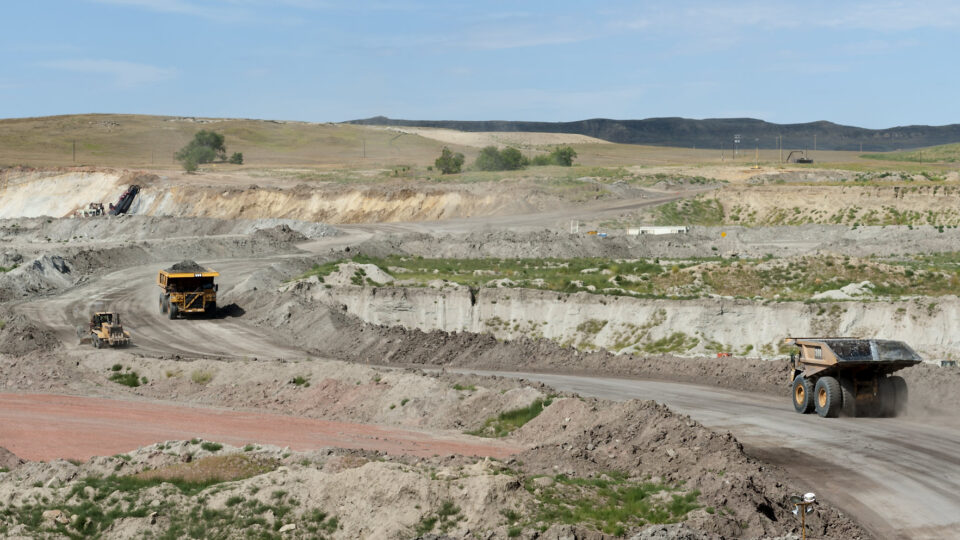Wyoming produces about 40% of our country’s coal and many towns in the state were built because of and make their living from it. With coal’s plummeting share in the nation’s electricity, there is a great deal of anxiety among residents of those towns.
As carbon dioxide levels in the atmosphere continue to climb, there is a growing sense that cutting emissions will not happen quickly enough and it will be necessary to pull the greenhouse gas out of the atmosphere. The current long-term government climate strategy assumes that carbon removal will account for 6 to 8 percent of the nation’s greenhouse gas reductions by 2050.
The Inflation Reduction Act passed in August provides $3.5 billion to help build “direct air capture hubs” around the country, with an emphasis on fossil fuel-dependent communities such as many in Wyoming.
The town of Rock Springs, Wyoming is home to the Jim Bridger Coal Plant. A company called CarbonCapture, Inc., is launching Project Bison, which will build a direct air capture facility outside of town that is set to begin operations next year. It will initially capture 10,000 metric tons of CO2 per year but plans to expand that to 5 million tons a year by 2030.
That would be far more than any current carbon capture plant can do. The largest plant in the world, located in Iceland, pulls in only about 4,000 metric tons a year.
There are many problems associated with carbon capture. It uses up very large amounts of energy, possibly presents environmental problems, and is very expensive. In short, the technology has a long way to go before becoming viable. However, this may ultimately be another example where necessity is the mother of invention.
**********
Web Links
Carbon Removal Is Coming to Fossil Fuel Country. Can It Bring Jobs and Climate Action?
Photo, posted July 22, 2012, courtesy of Max Phillips via Flickr.
Earth Wise is a production of WAMC Northeast Public Radio

